Entrepreneur Stories
Soichiro Honda – The Founder Of Honda Motors
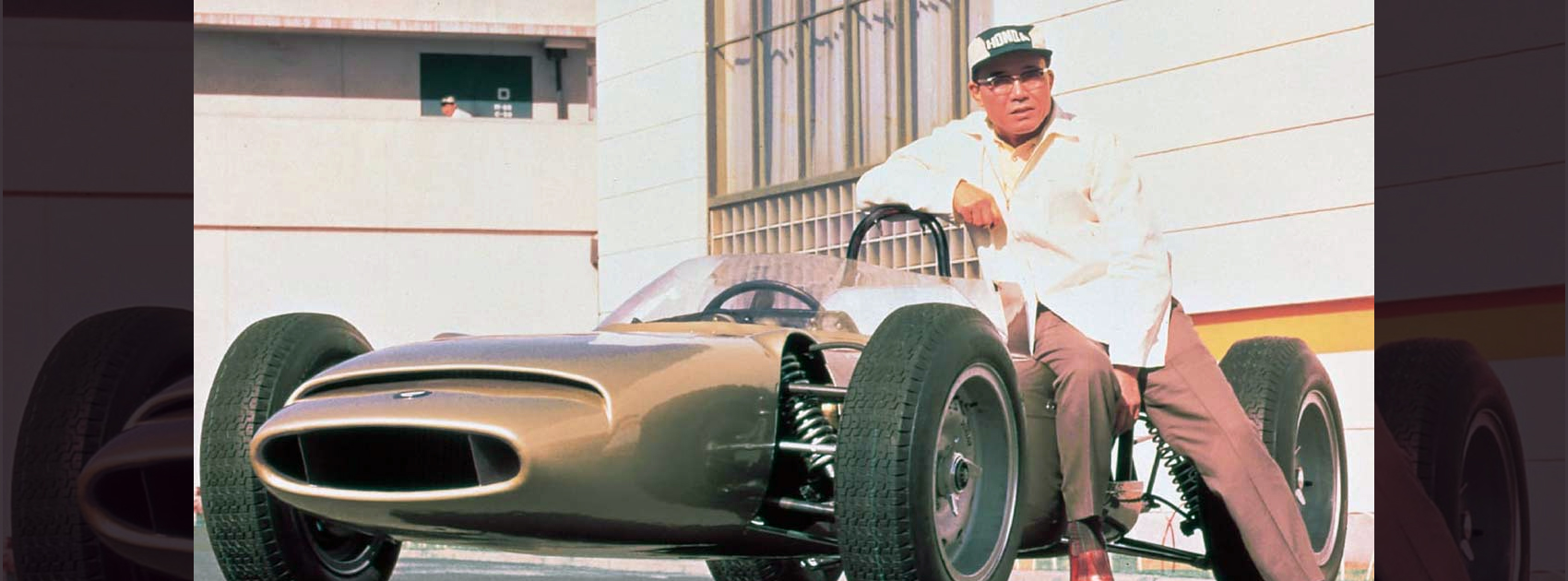
Soichiro Honda, a man who came from abject poverty and no financial support, proved to the rest of the world that it truly takes a dream to realise your passion. Without the means and through sheer hard work, Soichiro built his dream company from scratch and with a focus on the future. From building a cycle in a garage, to creating one of the largest automobile stores in the world, Soichiro Honda’s story is one of inspiration, dreams and success stories!
The Beginning
Belonging to a very small village in Japan called Komya, Soichiro had a very difficult childhood. The twentieth century had just started and the first car the world was exposed to was the Ford cars. In fact, even Soichiro’s love for cars first started when he saw a majestic Ford car on the tiny streets of his hometown. A young Soichiro had difficulty understanding how such a powerful car could drive down the road without anything propelling it forward. So fascinated was he by the car’s super powers, he chased it down to the end of the road to take a closer look at what would be his inspiration for the first ever Honda car.
At the age of 15 (in 1922,) Soichiro’s love for automobiles grew so much, he left home to apprentice at Art Shokai, an automobile repair shop in Tokyo. Dedicated and filled with a passion like never before, the 15 year old Soichiro put his heart and soul into learning everything about the world of cars. At Art Shokai, the young man learnt everything he could. From gaining technical experience about the product, to gaining an in depth experience about the inner workings of a car, this apprenticeship gave Soichiro the wings he needed to fly.
It took Soichiro six years to finish his training and by the year 1928, the young Honda had so much knowledge, he could put even the most trained engineers to shame! Opening a new branch of Art Shoika, Soichiro started working on building everything from two wheelers to trucks. Unfortunately, Soichiro’s investors were not as impressed with the young entrepreneur’s growth chart and refused to back him up when the business started booming. The time had now come for Soichiro to think of a new place to let his expertise and experience shine.
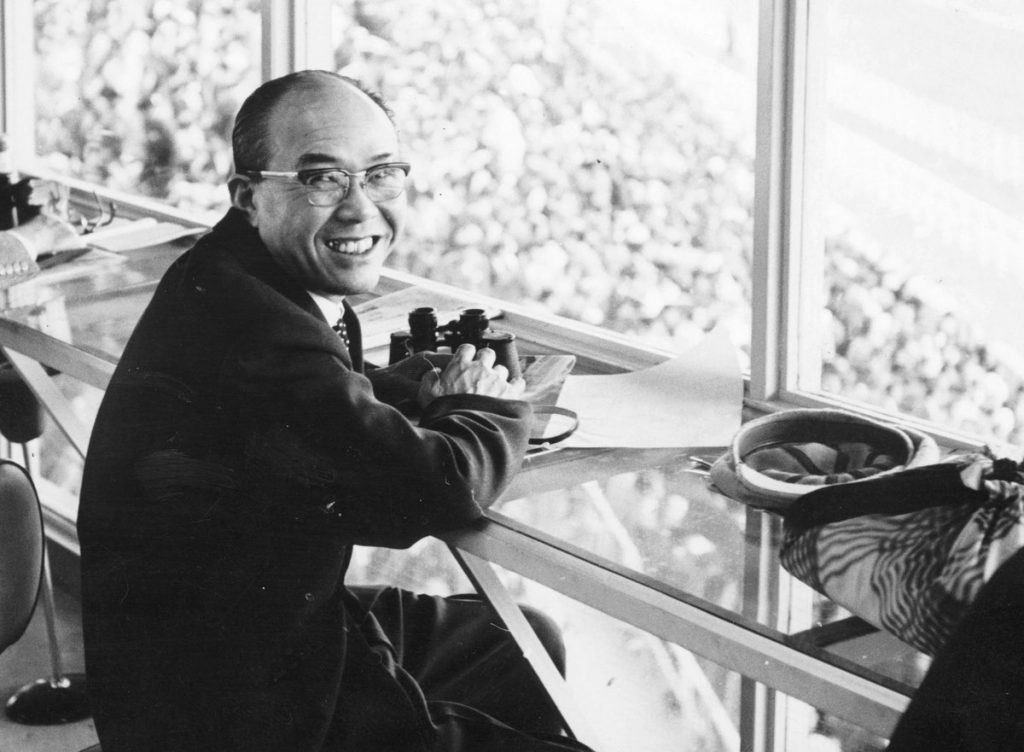
Picture credits: bikebandit.com
The birth of the Honda company
Undeterred, Soichiro started a brand new company called Tokai Seiki Heavy Industry in the year 1936. Despite being told by the lenders that they wouldn’t back him, the young Honda still worked at the Art Shoika Company. The initial days of Tokai Seiki were quite hectic. After putting a full day’s work in Art Shokai, Soichiro would work at making piston rings at night. However, like any other major venture, the first order taken by Soichiro was rejected almost immediately, pushing him back to the beginning of it all.
Since the very first days of the Honda company, everything Soichiro did was during the most arduous conditions. During the Second World War, when the Ministry of Munitions took control of Tokai Seiki, Soichiro pushed forward instead of buckling down under the pressure. Developing a technique for mass producing wooden airplanes, Soichiro reinvented the way Japanese aircrafts flew and functioned. This new invention was the first step toward the creation of what Honda is today and after the War, Soichiro opened the Honda Technical Research Institute. Realising the scarcity of gas at the time, the Honda Technical Research Institute built the first ever gas propelled cycle.
By the year 1949, Honda Motor Company Limited was established as the biggest bicycle creator and was starting to break new ground in this area. The first ever mass produced motorised bike, the Dream D (painted in maroon) was an instant hit the moment it hit the streets and this paved the way for the creation of the Honda C 100! So famous was the Honda C 100, it became the most popular motorcycle ever made by Honda in the beginning years! From then, there was absolutely no stopping Honda and with every new motorcycle made, the Company started growing with increasing speed and precision.
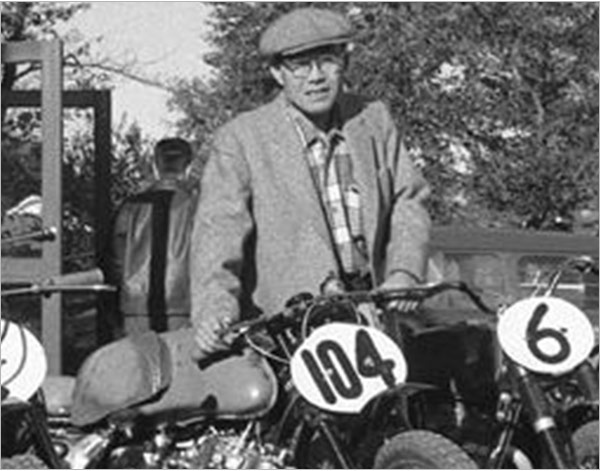
Picture credits: alamy.com
Over the years, Honda mastered the art of making motorcycles and by 1963, the Company was all set to expand into the world of cars. The first fleet of cars introduced by Honda were very similar to the bikes made during Second World War, with strong influences drawn from Honda’s initial days. By 1973, Honda’s expertise grew so quickly, it started expanding and was all set to sell cars to the United States. The first ever car it sold in the United States was the Honda Civic and since then, there was absolutely no turning back for this superstar! In fact, the Honda Civic was such a hit, it won awards for being the best car during the year it released.
The following years saw Honda grow to not just be an automobile industry but also a beacon of change for the way people all over the world rode their bikes and cars. It was through sheer hard work, determination and understanding of how the automobile industry worked, Soichiro Honda was a man who realised his dream and made it come true despite all adversities.
An inspirational success and a story which needed to be told, Honda’s journey is a true guidance of hope and light. If you think you have an equally inspiring story to share about Soichiro Honda, comment and let us know!
Entrepreneur Stories
Indian Man Quits JPMorgan, Takes 70% Pay Cut to Launch $6 Million Startup
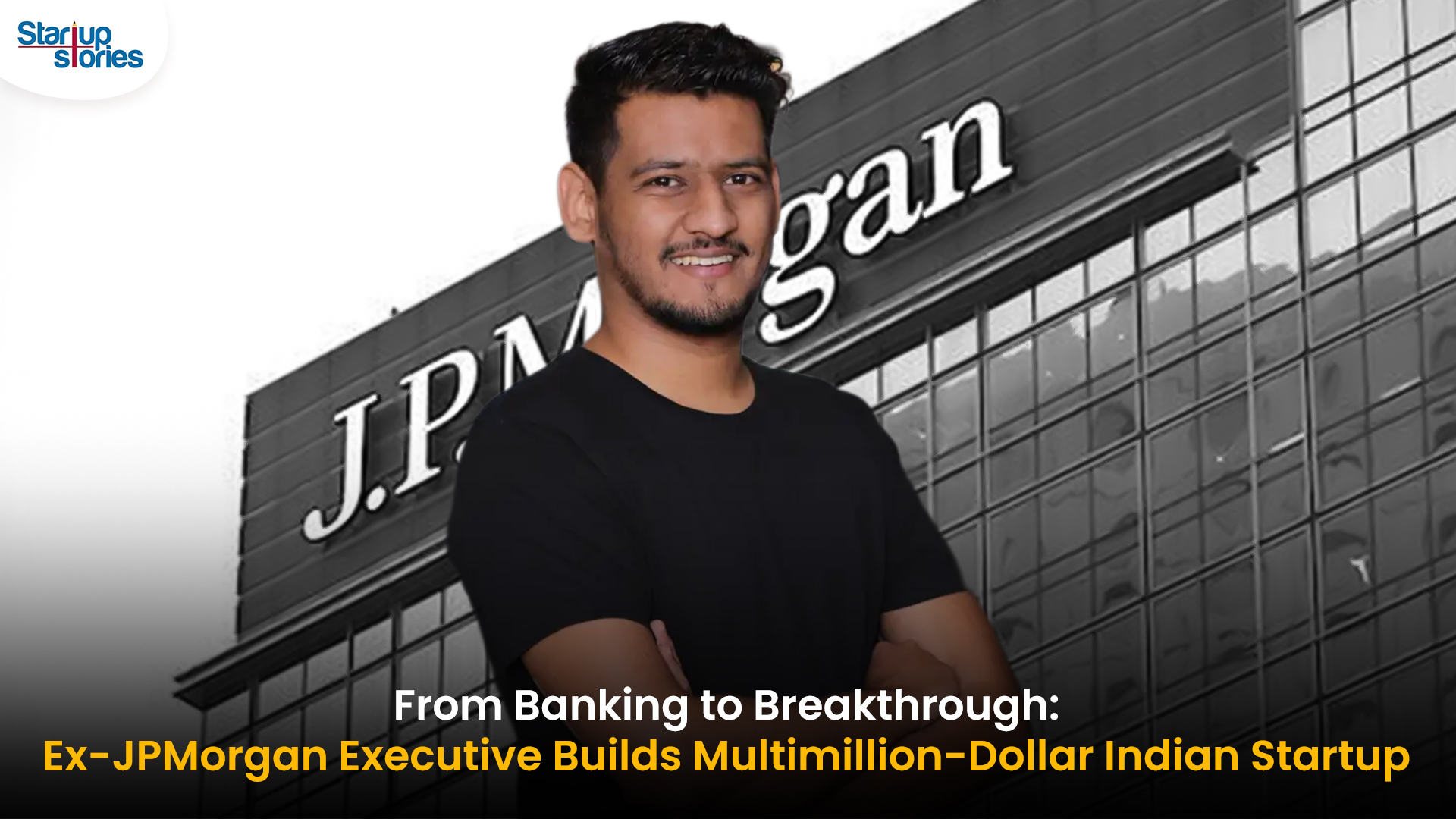
Leaving behind a high-paying job at JPMorgan, an Indian entrepreneur embraced a 70% salary cut to pursue true purpose and passion in the startup world. Disenchanted with what he described as a “robotic” corporate routine, he sought meaningful work that made a real impact. This pivotal decision marked the beginning of his new journey, one focused on value creation rather than titles and corporate perks.
Powered by resilience and fresh perspective, the entrepreneur launched his own startup, prioritizing innovation and hands-on solutions. The road was challenging, but his vision resonated with the market: the startup quickly gained traction and raised $6 million—an impressive acknowledgement of its potential in a competitive landscape. Every hard lesson from early setbacks and bootstrapping paid off in real customer growth and investor confidence.
Today, his journey stands as an inspiring example for professionals seeking authentic success outside the corporate grind. By trading comfort for creative freedom, he grew a venture that solves important problems, generates jobs, and builds wealth beyond just salary. For ambitious founders, his story highlights the power of risk-taking, adaptability, and relentless focus on impact in India’s thriving startup ecosystem.
Videos
Larry Page: The Visionary Co-Founder Behind Google’s Global Success
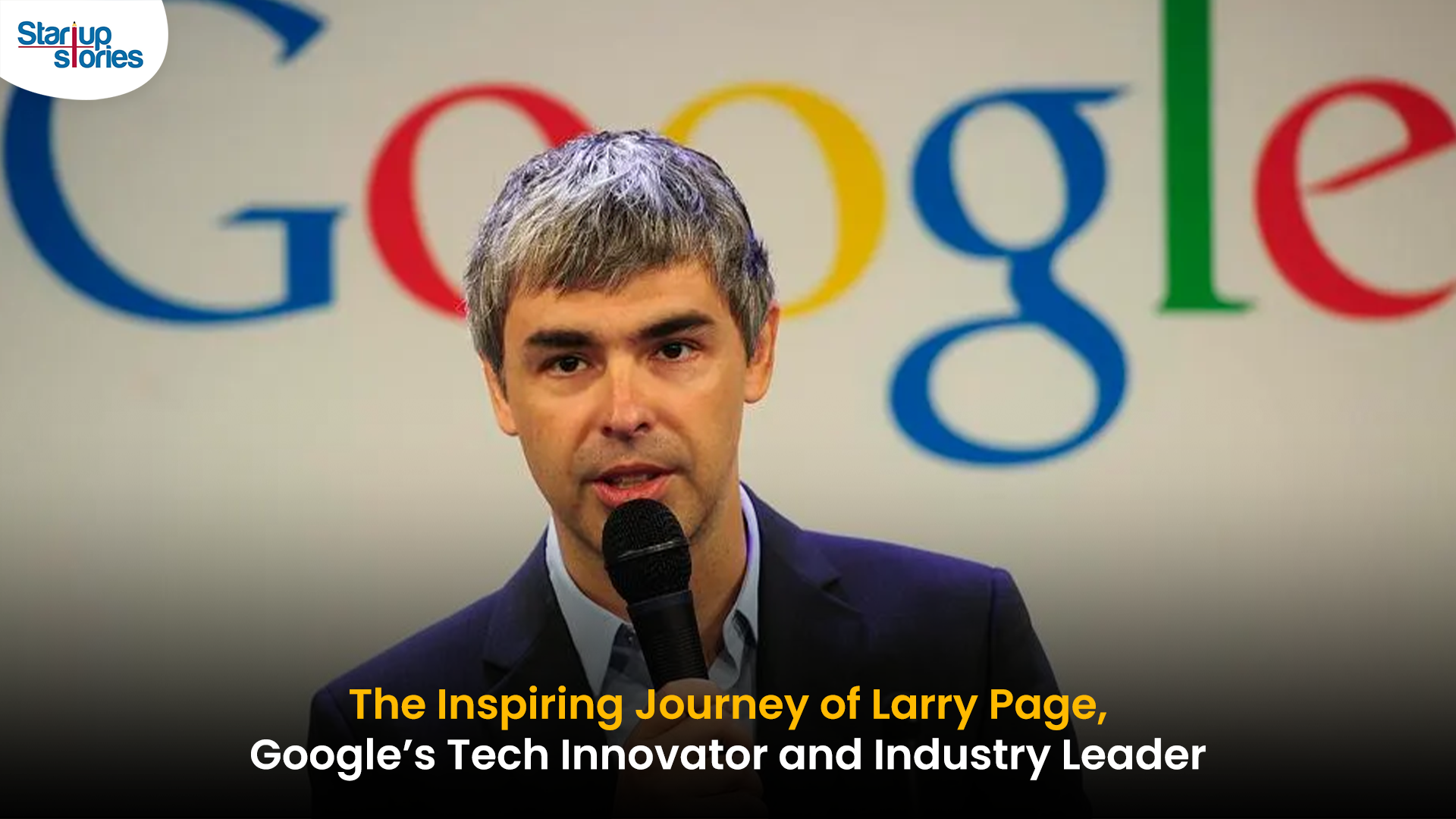
Larry Page is a visionary technology entrepreneur and co-founder of Google, one of the world’s most influential companies. Born in 1973 in Michigan, Page grew up surrounded by computer technology, which inspired his passion for innovation from an early age. He studied computer engineering at the University of Michigan and later pursued his PhD at Stanford University, where he developed the revolutionary PageRank algorithm with Sergey Brin. This technology fundamentally changed the way search engines rank websites, making Google the most accurate and popular search engine globally.
The journey of Larry Page and Google began in 1998 when they officially launched the search engine from a small garage. Leveraging their unique algorithm, Google quickly surpassed competitors due to its ability to deliver highly relevant search results, transforming internet search forever. Under Larry Page’s leadership as CEO, Google expanded beyond search to launch groundbreaking products including YouTube, Gmail, and Google Maps, turning it into a global tech powerhouse that shapes how we access and interact with information online.
Larry Page later became the CEO of Google’s parent company, Alphabet Inc., driving innovation and investment in next-generation technologies such as artificial intelligence, autonomous vehicles, and healthcare solutions. His visionary leadership and commitment to technological advancement have cemented his legacy as one of the most influential figures in the tech industry. Today, Larry Page remains a key influencer in shaping the future of technology and digital innovation worldwide.
Entrepreneur Stories
India’s Tech Story: Airtel Spreads AI Access, Ohm Mobility Lessons
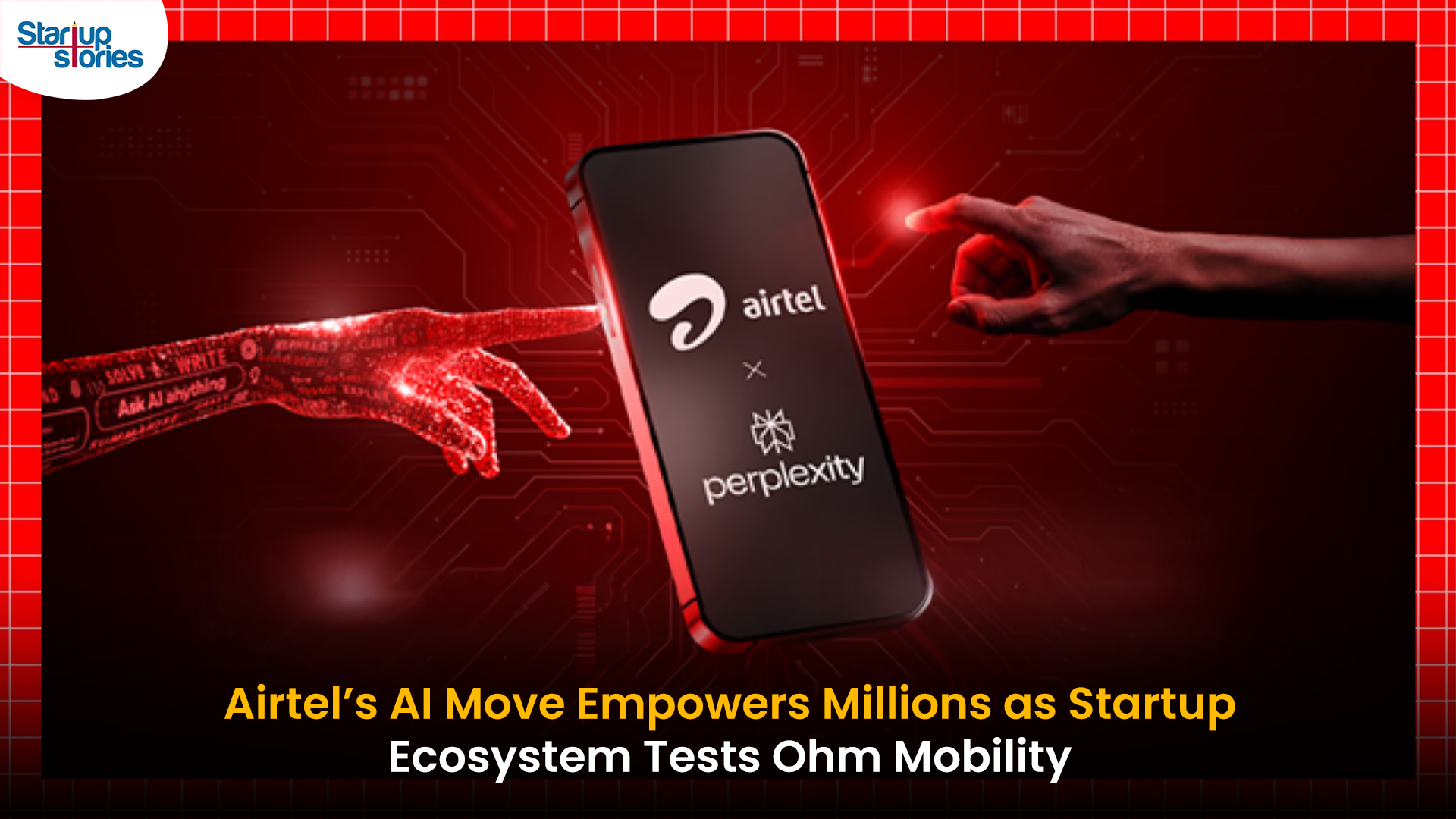
Bharti Airtel has launched the innovative “Airtel-Perplexity Blueprint,” partnering with Perplexity to provide over 360 million customers free access to Perplexity Pro for a year—a benefit valued at ₹17,000 ($200). This collaboration enables Airtel users across mobile, broadband, and digital TV to harness advanced capabilities in generative AI, including leading AI models like GPT 4.1, Claude, and Gemini, along with up to 300 Pro searches daily, image generation, document analysis, and personalized planning services. The move is seen as a milestone for telecom innovation and the democratization of AI in India, making powerful research and productivity tools accessible to a massive user base.
This strategic partnership positions Airtel as an “AI-first” telecom provider, allowing it to gain key insights into user interactions with artificial intelligence and adapt its networks for growing digital demands. For Perplexity, the tie-up grants exclusive access to India’s vast telecom audience, rapidly propelling the app to the No. 1 spot on the Indian App Store, surpassing global competitors like ChatGPT and Google Gemini. Airtel customers can activate their complimentary subscription seamlessly through the Airtel Thanks App, under the Rewards and OTTs section, reinforcing Airtel’s commitment to digital customer empowerment.
The broader Indian startup ecosystem reflects both breakthrough innovation and hard-earned lessons, illustrated by the recent shutdown of Ohm Mobility, an EV financing startup. Despite multiple pivots and industry-leading investors, Ohm Mobility struggled to achieve a sustainable business model—a reminder of the challenges in market fit and adaptability. As AI adoption accelerates and startup realities evolve, industry leaders like Airtel and Perplexity are setting new standards, while others, like Ohm Mobility, offer valuable insights on resilience and the importance of business model flexibility in India’s dynamic tech landscape.








站群程序
November 9, 2025 at 6:10 pm
搭载智能站群程序,自动化搭建与管理,为SEO项目提供核心驱动力。站群程序
MM88
November 10, 2025 at 4:30 am
Khám phá thế giới giải trí trực tuyến đỉnh cao tại MM88, nơi mang đến những trải nghiệm cá cược thể thao và casino sống động.
iwin
November 13, 2025 at 7:06 am
iwin – nền tảng game bài đổi thưởng uy tín, nơi bạn có thể thử vận may và tận hưởng nhiều tựa game hấp
ios超级签
November 13, 2025 at 12:59 pm
苹果签名,苹果超级签平台,ios超级签平台ios超级签苹果企业签,苹果超级签,稳定超级签名
Kuwin
November 13, 2025 at 9:37 pm
kuwin sở hữu kho game đa dạng từ slot đến trò chơi bài đổi thưởng, mang đến cho bạn những giây phút giải trí tuyệt vời.
GO88
November 18, 2025 at 10:33 am
Tham gia cộng đồng game thủ tại Go88 để trải nghiệm các trò chơi bài, poker phổ biến nhất hiện nay.
J88
November 22, 2025 at 6:26 pm
Đến với J88, bạn sẽ được trải nghiệm dịch vụ cá cược chuyên nghiệp cùng hàng ngàn sự kiện khuyến mãi độc quyền.
MM88
November 30, 2025 at 9:36 pm
Với giao diện mượt mà và ưu đãi hấp dẫn, MM88 là lựa chọn lý tưởng cho các tín đồ giải trí trực tuyến.